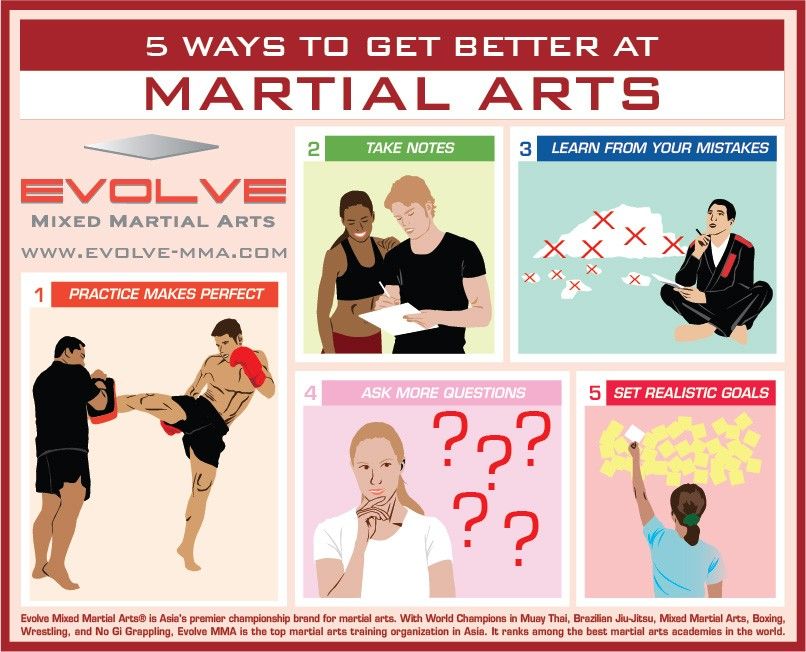The Growth And Progression Of Martial Arts: Tracing Its Roots From Ancient Times To Contemporary Practices
The Growth And Progression Of Martial Arts: Tracing Its Roots From Ancient Times To Contemporary Practices
Blog Article
Author-Borup Sun
Step into the world of martial arts, where ancient beginnings and contemporary strategies clash in an exhilarating trip of self-control and self-discovery.
As you look into the background and evolution of this exciting art kind, prepare to be astounded by the cultural impacts, technical advancements, and profound philosophy that have shaped it over centuries.
From the battlegrounds of old people to the training premises these days, martial arts have stood the test of time, constantly adjusting and growing.
Each strike, each activity, lugs with it the weight of many years of practice and knowledge, gave via generations. This is a tale of resilience, of warriors who sought not just physical prowess, but additionally inner strength and consistency.
Join us on this amazing expedition as we discover the keys, the tales, and the transformational power of martial arts.
Get ready to be influenced, tested, and forever altered by the history and advancement of martial arts.
Cultural Influences on Martial Arts
As you explore the background and evolution of martial arts, you'll promptly find the remarkable ways in which social influences have formed these battle methods.
From the old worlds of China and India to the a lot more current growths in Japan and Brazil, martial arts have actually been greatly affected by the cultures in which they originated.
For instance, Chinese martial arts, such as Martial Art and Tai Chi, are deeply rooted in the viewpoint of Taoism and the principle of Yin and Yang.
On the other hand, Japanese martial arts, like Martial arts and Judo, reflect the samurai warrior traditions and the worths of discipline and honor.
Similarly, Brazilian martial art, Capoeira, combines components of African dance and music, showing the cultural heritage of African servants in Brazil.
These cultural influences not only provide each fighting style its special characteristics yet likewise provide a deeper understanding of the historic and social contexts in which they advanced.
Technical Innovations and Martial Arts
With the surge of advanced weaponry and cutting-edge training tools, you've had the ability to boost your skills and adapt to the ever-changing battle landscape.
https://selfdefensestrategiesever83508.blogdal.com/30308891/translating-martial-arts-methods-an-in-depth-research-study-of-martial-arts-judo-and-taekwondo have actually reinvented the means martial arts are exercised and educated. Virtual reality simulations currently enable you to train in practical combat circumstances without the threat of physical harm. High-speed cams catch every action, allowing you to evaluate and excellent your techniques. related resource site , breathing, and muscle mass activation, offering immediate responses on your performance.
Furthermore, the growth of specific devices, such as resistance bands and agility ladders, has actually allowed you to improve your rate, strength, and agility. These technical developments have not just made training much more effective but have actually likewise pressed the limits of what is feasible in martial arts, allowing you to get to brand-new heights in your practice.
The Ideology and Concepts of Martial Arts
The philosophy and principles of martial arts are deeply rooted in shaping your mindset and instilling self-control, focus, and respect in your practice.
1. Mindset: Martial Arts shows you to establish a strong and resilient state of mind. It enables you to get rid of challenges both on and off the floor covering, pressing your limits and persevering when faced with misfortune.
2. Discipline: Martial Arts needs self-control and self-control. With normal training and adherence to strict guidelines and strategies, you learn to manage your impulses and establish a strong work values.
3. Emphasis: Martial Arts requires intense emphasis and concentration. By training your mind to be existing in the minute, you enhance your capability to respond promptly and properly during combat situations.
4. Respect: Martial Arts emphasizes regard for oneself, trainers, training partners, and opponents. It shows you to value the abilities and experiences of others, promoting a feeling of camaraderie and sportsmanship.
https://lynnwoodtimes.com/2023/01/28/self-defense-230128/ on finishing your journey via the exciting globe of martial arts! Throughout this expedition, you have experienced the rich background and exceptional development of these combat methods.
From their ancient origins to the modern-day techniques we see today, martial arts have actually been shaped by cultural impacts.
https://selfdefensewoman09952.ttblogs.com/9460123/kids-martial-arts-an-enjoyable-approach-to-increase-fitness-and-sychronisation-skills of modern technology has also played a substantial function in transforming the means martial arts are educated and exercised in today day.
Nonetheless, it is important to keep in mind that martial arts are greater than just physical combat. They include extensive approaches and guiding principles that surpass the mere act of combating.
Take a minute to reflect on this obsolete experience and appreciate how the heritage of martial arts continues to prosper in today, going beyond time and boundaries.
